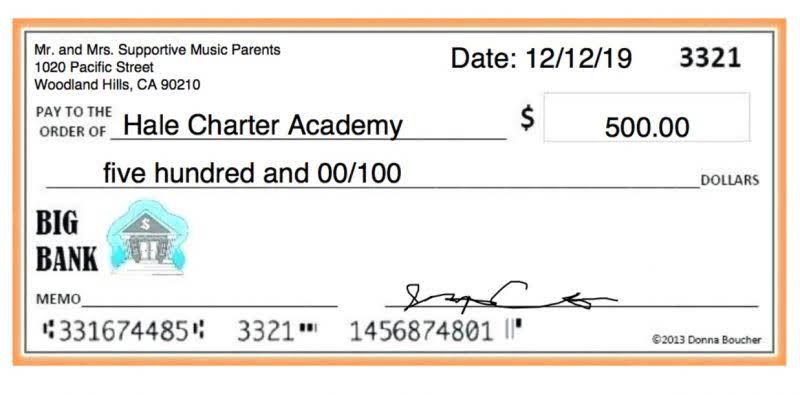Profitability Ratios Boundless Finance
In general, unless it is a very high-end retail outlet with exclusive and expensive items, you can expect that the store will be paying anywhere between 30% and 40% less than the retail prices. Sure, they only make a few percent on high-volume items such as milk, eggs, and bread. But they sell you milk, eggs,…

In general, unless it is a very high-end retail outlet with exclusive and expensive items, you can expect that the store will be paying anywhere between 30% and 40% less than the retail prices. Sure, they only make a few percent on high-volume items such as milk, eggs, and bread. But they sell you milk, eggs, and bread every week, sometimes every few days. Charlene Rhinehart is a CPA , CFE, chair of an Illinois CPA Society committee, and has a degree in accounting and finance from DePaul University. You can also use websites like Stock Analysis to calculate this metric for you. Access and download collection of free Templates to help power your productivity and performance.
In general, the higher the gross margin, the more revenue a company retains per dollar generated. However, keep in mind that other factors can impact this figure, such as industry, company size, and other external factors. To illustrate an example of a gross which ratio is found by dividing gross margin by sales? margin calculation, imagine that a business collects $200,000 in sales revenue. Let’s assume that the cost of goods consists of the $100,000 it spends on manufacturing supplies. Therefore, after subtracting its COGS from sales, the gross profit is $100,000.
What Is Gross Profit Margin?
Gross margin ratio only considers the cost of goods sold in its calculation because it measures the profitability of selling inventory. The Gross Margin tells us how efficiently it was able to produce a profit from the goods or services provided by the company. A Gross Margin higher than their competitors demonstrates the company is better adept at being able to earn money from its business activities.
- Since this ratio measures the profits from selling inventory, it also measures the percentage of sales that can be used to help fund other parts of the business.
- This ratio measures how profitable a company sells its inventory or merchandise.
- To illustrate the gross margin ratio, let’s assume that a company has net sales of $800,000 and its cost of goods sold is $600,000.
- Another way to interpret a gross margin number is to compare it to the sector average and top competitors during the same period, such as annually or quarterly.
- A company with a high gross margin ratios mean that the company will have more money to pay operating expenses like salaries, utilities, and rent.
- But this can be a delicate balancing act because if it sets its prices overly high, fewer customers may buy the product.
The Gross Margin reports the rate of profit being earned from Gross Profit. Looking carefully at the Income Statement, we can see that Gross Profit is simply the Total Revenue minus the Cost of Goods Sold. But we repeat that we must always compare this result with similar companies because the Net Profit Margin varies greatly from one industry to the next. You can also dive deeper, analyzing how PG compares to its top competitors.
Return on Equity
Since this ratio measures the profits from selling inventory, it also measures the percentage of sales that can be used to help fund other parts of the business. It is one of the key metrics analysts and investors watch as it helps them determine whether a company is financially healthy. Companies can also use it to see where they can make improvements by cutting costs and/or improving sales.

Put simply, a company’s net profit margin is the ratio of its net profit to its revenues. Gross margin ratio is calculated by dividing gross margin by net sales. Gross margin ratio is often confused with the profit margin ratio, but the two ratios are completely different.

